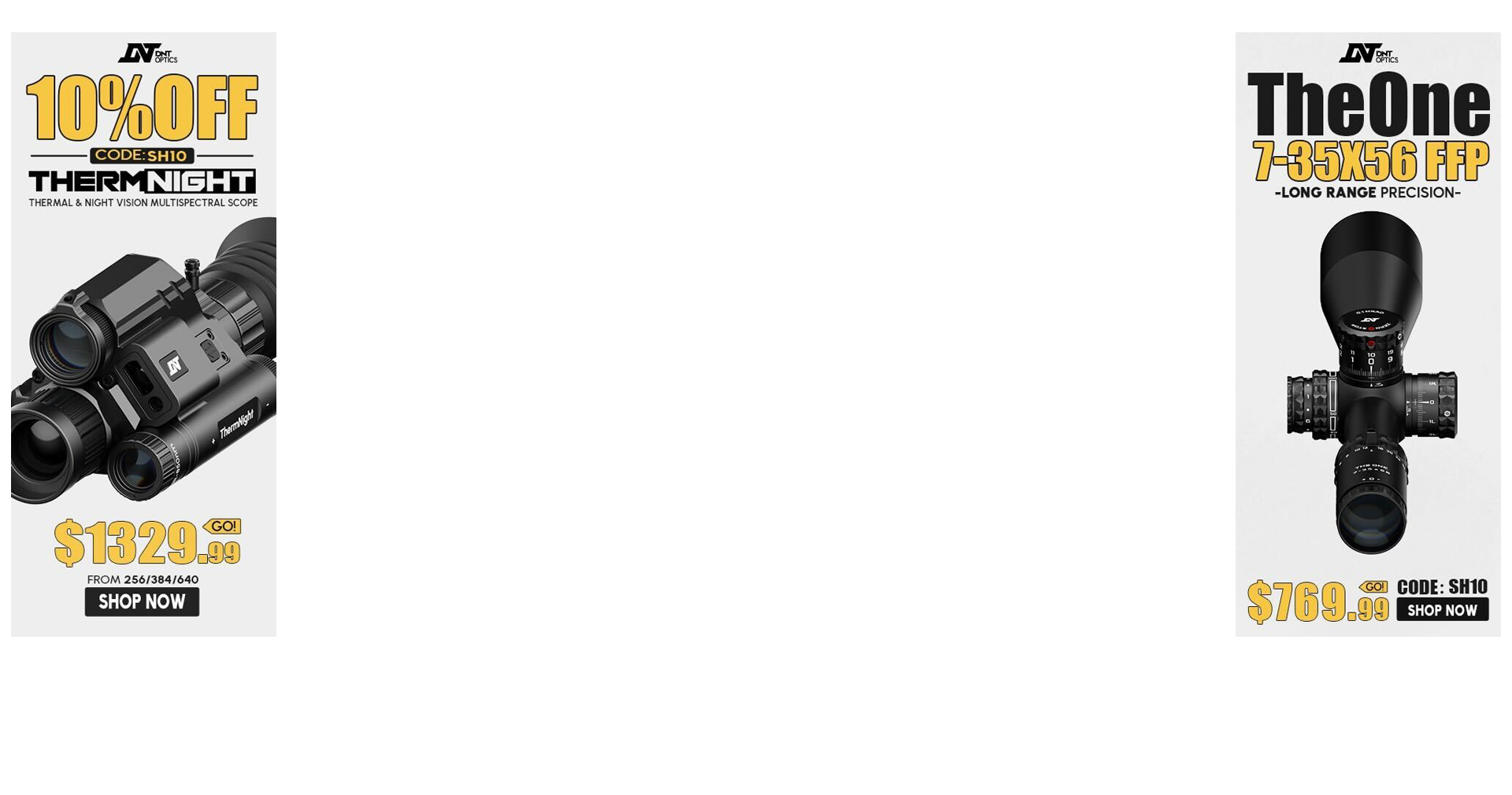There are a lot of myths when it comes to conventional wisdom about scopes. The two most common, are that maintube diameter has anything to do with light transmission or lowlight performance. The other myth is that a larger objective 'gathers' light and is automatically better in lowlight at any magnification than a smaller objective. I get why, it does seem like that would make sense, but it doesn't really work that way. There has been a lot of good writing on this subject here and over at opticstalk.
You see a lot of manufactures engineer a scope around a target exit pupil of 7mm. Such as fixed power 6x42's, and 8x56's. There are trade offs with all designs. A larger objective will have a larger exit pupil at all magnifications as compared to a smaller one, and when below 5-6mm or so, lowlight performance differences are negligible, though the larger one yields more flexible eye position.. All things being equal (eye piece design is a major factor here).
In short, for 99% of hunters, a 3-9x40 is the most balanced and sensible of trade offs when considering the conditions, target size, and ranges they/we shoot. Dialing it down to 5x in twilight yields full value exit pupil and is plenty usually, and makes a much more compact and light weight optic with lower mounting and easier cheek weld. The need for a 50mm or 56mm objective only arises if magnification needs be much higher, and then the larger objectives make an enormous difference.
Think of what it would take for a full value exit pupil on even a moderate fixed 12x scope -- it would need a whopping 84mm objective!

